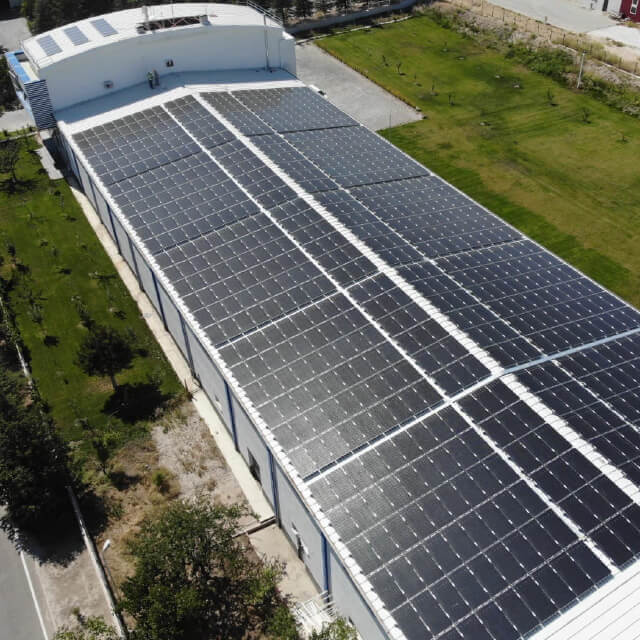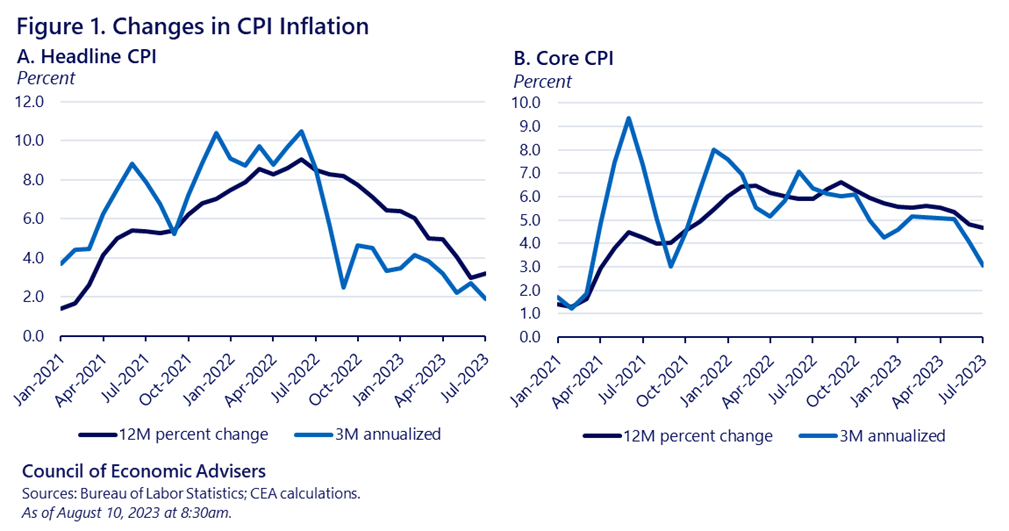
Unlocking the Power of the Sun: A Guide on How to Assess Solar Performance
As solar energy continues to play a crucial role in the transition to sustainable power sources, understanding how to assess solar performance becomes essential. This guide explores key factors, metrics, and strategies for evaluating the efficiency and effectiveness of solar systems.
Understanding Solar Performance Metrics
Assessing solar performance starts with understanding key metrics. Efficiency, measured as a percentage, indicates how much sunlight a solar panel converts into usable electricity. Performance ratio considers factors like temperature and solar irradiance to assess the actual performance compared to the expected output. These metrics provide a baseline for evaluating solar system effectiveness.
Solar Panel Quality and Technology
The quality and technology of solar panels significantly impact performance. High-quality panels with advanced technologies tend to be more efficient and durable. Assessing the materials, manufacturing processes, and technological features of solar panels is crucial for determining their long-term performance and reliability.
Site-Specific Considerations
The location and orientation of solar panels play a vital role in their performance. Factors such as shading, tilt angle, and azimuth angle can affect the amount of sunlight panels receive. Conducting a thorough site analysis helps optimize solar system placement, ensuring maximum exposure to sunlight throughout the day and across seasons.
Monitoring and Data Analysis
Continuous monitoring and data analysis are integral to assessing solar performance. Solar monitoring systems track real-time data, including energy production, system downtime, and potential issues. Analyzing this data allows for proactive maintenance, performance optimization, and early detection of any deviations from expected performance.
Energy Yield and Financial Analysis
Assessing solar performance goes beyond technical metrics; it involves understanding the financial aspects. Energy yield, measured in kilowatt-hours per kilowatt-peak (kWh/kWp), provides insights into the system’s actual energy production. Financial analysis, considering factors like payback period and return on investment (ROI), helps evaluate the economic viability of the solar installation.
Temperature Coefficients and Durability
Solar panels are affected by temperature variations, and temperature coefficients quantify this impact. Negative temperature coefficients for power and voltage indicate better performance in higher temperatures. Additionally, assessing the durability of solar panels ensures they can withstand environmental factors like wind, hail, and snow, contributing to long-term reliability.
Inverter Efficiency and Performance
Inverters play a crucial role in converting solar-generated direct current (DC) into usable alternating current (AC). Evaluating inverter efficiency and performance is essential for optimizing energy conversion. Inverters with higher efficiency ratings contribute to overall system efficiency and energy yield.
System Maintenance and Cleaning
Regular maintenance and cleaning are vital for sustained solar performance. Dust, debris, and dirt can accumulate on solar panels, reducing their efficiency. Routine inspections, cleaning, and addressing any issues promptly contribute to optimal performance and extend the lifespan of the solar system.
Battery Storage Integration
For solar systems with battery storage, assessing performance includes evaluating the efficiency of energy storage and retrieval. Battery management systems, charge/discharge cycles, and overall storage capacity impact the system’s ability to store and deliver energy when needed. Integrating efficient battery storage enhances the system’s overall performance and reliability.
Continual Evaluation and Upgrades
Solar technology evolves, and continual evaluation allows for the consideration of upgrades or improvements. Assessing the latest advancements in solar panels, inverters, and monitoring systems enables system owners to stay abreast of innovations that can enhance performance, efficiency, and overall return on investment.
How to Assess Solar Performance for Optimal Results
For an in-depth exploration of how to assess solar performance and optimize solar systems, visit dataharza.my.id. Stay informed about the latest insights, case studies, and advancements in solar technology to make informed decisions for maximizing the benefits of solar energy.
In conclusion, understanding how to assess solar performance is pivotal for individuals, businesses, and policymakers aiming to harness the full potential of solar energy. From technical metrics to financial analysis and ongoing maintenance, a comprehensive approach ensures that solar systems deliver sustainable, efficient, and cost-effective power.



